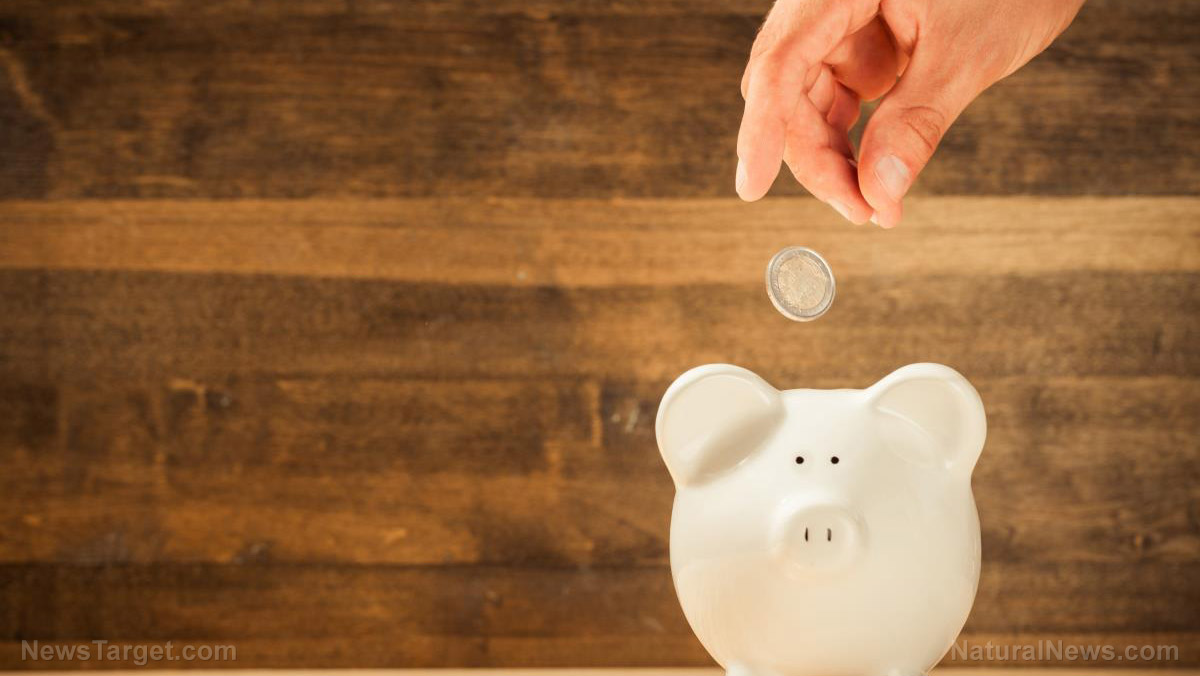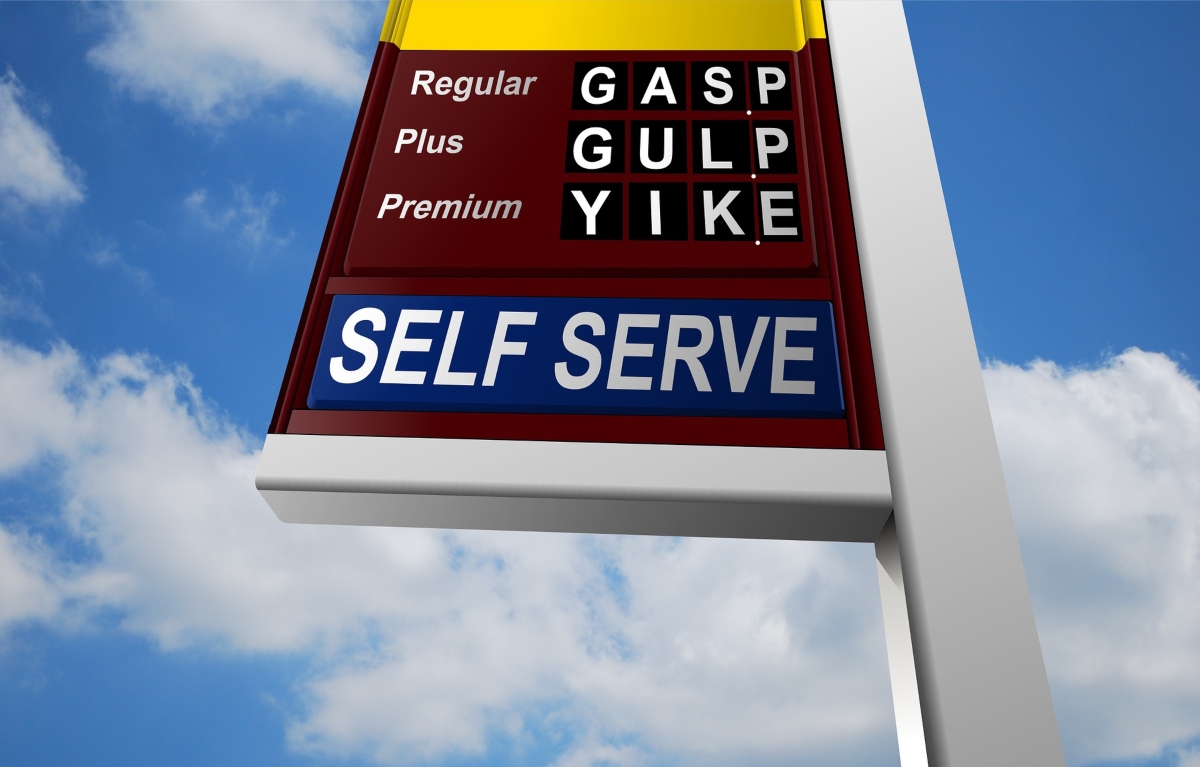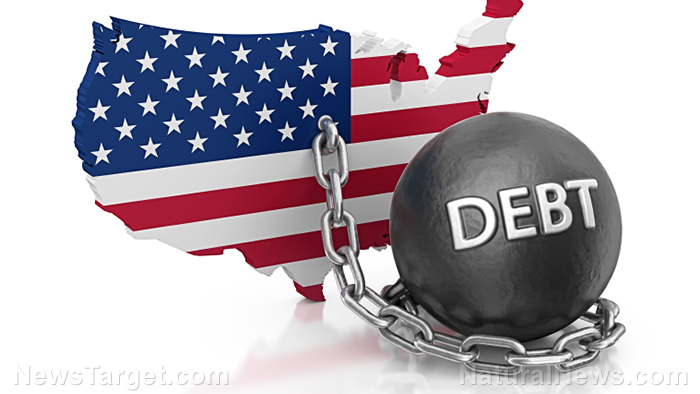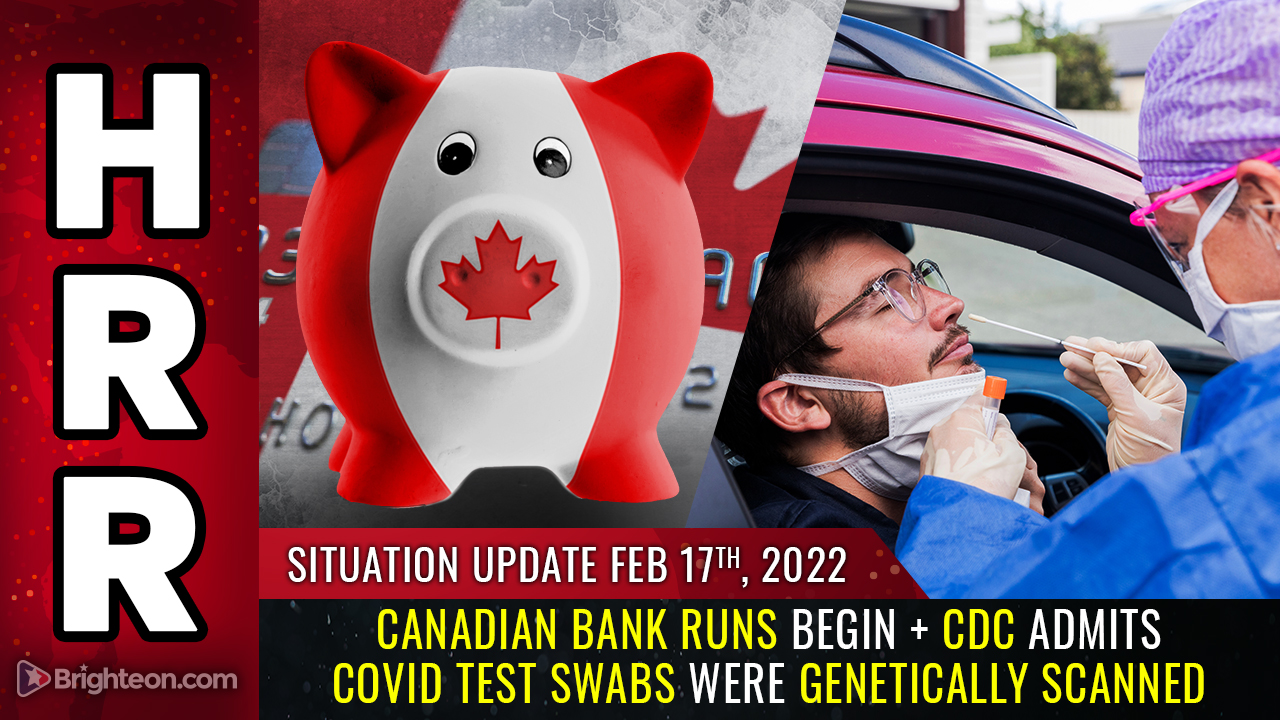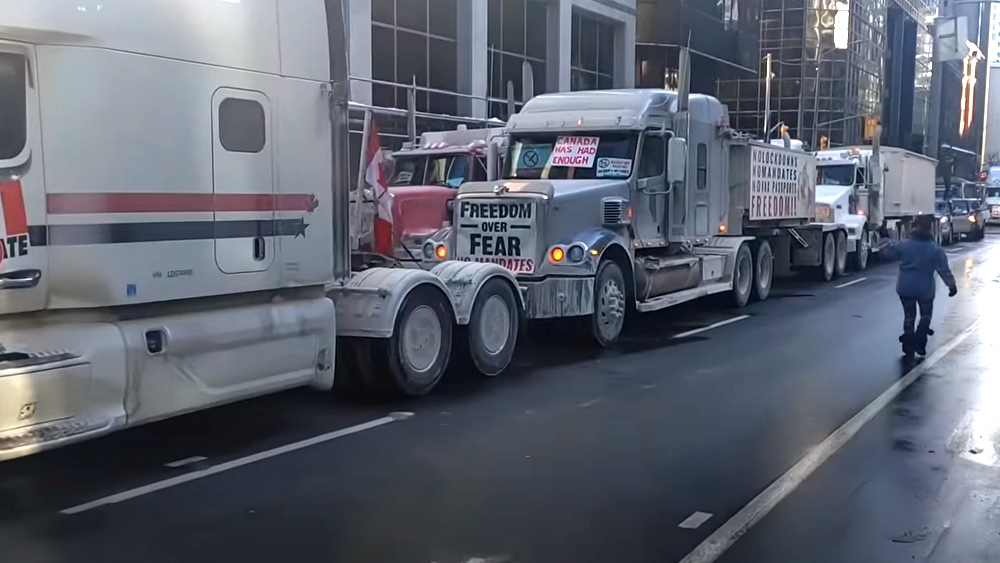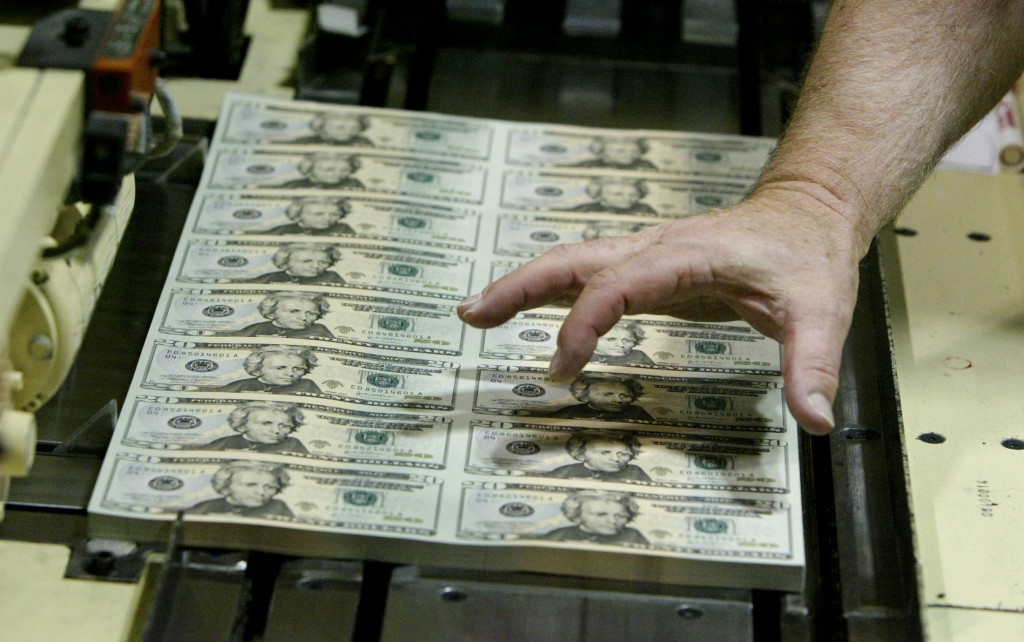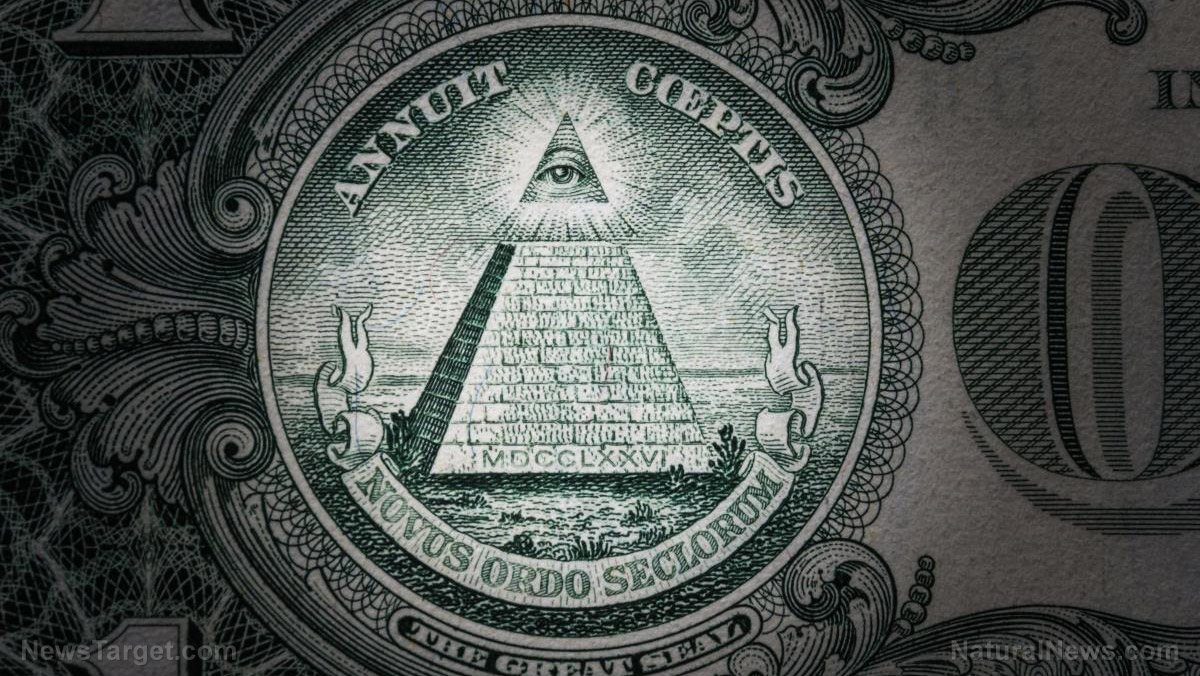Important indicator shows that the U.S. is headed for its worst real estate crash in country’s history
02/22/2022 / By JD Heyes

To be sure, this isn’t what you would call bona fide financial advice — we don’t give that here — but it is a warning if you are a property owner and you have been thinking about selling.
Now might be the perfect time to do that, while you still can.
According to The Federalist, a key indicator shows that America could be headed for its worst real estate crash in the country’s history, after “a shockingly large price bubble appears to have formed.”
“Although it’s impossible to predict economic crashes with certainty, a key economic indicator suggests the U.S. housing market is on the verge of an unprecedented crash, one that could end up being the biggest in America’s history,” the piece by Justin Haskins begins.
He went on to note that following the last major real estate plunge in 2008, the Democrat-led Congress, the Federal Reserve and the administrations of outgoing President George W. Bush and incoming President Barack Obama engaged in an unprecedented effort to flood the financial system with new dollars and, to a lower extent, the economy generally.
The strategy that followed — quantitative easing along with stimulus checks, government welfare programs and government takeovers — was that the Fed, working with Congress and the White House, moved to prop up the U.S. economy and keep it from tanking completely, which, if that had happened, would have taken the global economy down as well.
Mass poverty would have ensued on a scale much worse than the Great Depression.
Haskins notes further:
One of the primary tools the Fed used to accomplish its goals was to keep interest rates at near-zero for years on end. From 1980 to 2000, the Fed’s federal funds rate — the primary driver of interest rates economywide — rarely dropped below 4 percent, and it was common for interest rates to be 5 percent or higher.
However, from 2009 through 2016, interest rates were consistently much lower than 1 percent. Beginning in 2017, the first year of the Donald Trump presidency, the Fed began to more aggressively raise rates, but it only briefly topped 2 percent in 2018 and 2019 before the Fed once again slashed rates to near-zero as part of its plan to address the effects of the Covid-19 lockdowns.
Not so obvious to most people, when interest rates are low over long periods of time, it’s far easier for governments to borrow and spend much more money than they take in. Also, banks and financial institutions are more prone to lend money for high-end, costly items.
That said, the real estate market is highly sensitive to interest rate increases; a home is nearly always the most expensive purchase Americans make in their lifetimes, and the vast majority of borrowers must take on large mortgages in order to complete sales. When rates are low, people can take on more debt because monthly payments are less and as such, sellers tend to increase their prices.
“This is one of the reasons the real estate market crashed so hard in 2008. Following the September 11, 2001, terrorist attacks, the Fed kept interest rates low, encouraging people to take on higher-than-usual levels of debt, especially in the real estate market,” Haskins added.
However, instead of learning from the crash of 2008, the Fed doubled down on failed strategy and then tripled down during the COVID pandemic. And at the same time, the White House and Congress were eager to cheer on the Fed since lower interest rates allowed for more government spending on the cheap without having to plead with foreign governments to finance U.S. debt.
“As a result of these policies, a shockingly large price bubble appears to have formed in the real estate market,” Haskins points out.
“The average sales price of a home in the fourth quarter of 2021 was $477,900, compared to $403,900 in the fourth quarter of 2020 and $384,600 in the fourth quarter of 2019. That’s a $93,300 increase in just two years, by far the biggest increase ever recorded in just 24 months,” he writes.
And while Americans have never seen such rapid growth in prices, when prices have grown quickly — in the 1970s, 1980s, and mid-2000s — it resulted in massive price collapses or a collapse in the stock market (or both).
That’s where we’re headed now, notes Haskin.
“If we see a similar pattern emerge for the bubble that has been developing since roughly 2012, then we could see housing prices drop by 30 to 40 percent over a two-year period,” he writes.
We can avoid this, but only if the Fed continues to keep interest rates low. That will be a problem, however, because of rising inflation in the Biden economy; we could even see the dollar collapse.
“Regardless of what the Fed does in the short term, it’s clear that America’s disastrous monetary-policy chickens are coming home to roost. Prepare accordingly,” Haskins warns.
Sources include:
Submit a correction >>
Tagged Under:
Collapse, debt financing, Dollar Collapse, economic collapse, Federal Reserve, finance, government spending, housing collapse, Housing Market, inflation, interest rates, monetary policy, national debt, property values, Real Estate, risk
This article may contain statements that reflect the opinion of the author
RECENT NEWS & ARTICLES
COPYRIGHT © 2018 MONEYSUPPLY.NEWS
All content posted on this site is protected under Free Speech. MoneySupply.news is not responsible for content written by contributing authors. The information on this site is provided for educational and entertainment purposes only. It is not intended as a substitute for professional advice of any kind. MoneySupply.news assumes no responsibility for the use or misuse of this material. All trademarks, registered trademarks and service marks mentioned on this site are the property of their respective owners.

